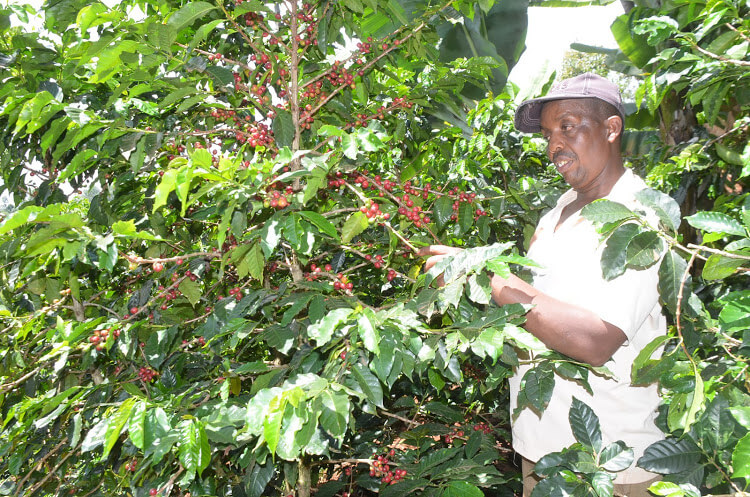Kenya earned Sh46.2 billion more from its exports last year even as the Covid-19 pandemic devastated economies.
The total exports grew from Sh595.38 billion in 2019 to Sh641.62 billion in 2020, representing a 7.8 per cent increase.
This is despite the fact that many countries locked down in efforts to stem the spread of the virus that has killed over three million people and occasioned massive job losses.
Locally, the government imposed a 30-day lockdown that disrupted international travel and flights.
Despite the crisis, the Kenya Exports Promotion and Branding Agency (Keproba) says the pandemic had a positive effect on local exports as the global lockdowns pushed up the demand for some products.
Top on the list was tea whose sales shot up by Sh16.7 billion, followed by horticultural products that increased by Sh12.5 billion, vegetable oil by Sh6.1 billion, cereals and products by Sh4.8 billion and tobacco products by Sh3.3 billion.
Exports of edible preparations also grew by Sh2.5 billion, while vegetable and fruit preparations increased by Sh2.3 billion.
Data collected by Keproba indicates that the growth was occasioned by increased consumption of products such as tea and other beverages during lockdowns.
Kenya’s export market grew in South Sudan by Sh10.5 billion, the United Kingdom by Sh9.9 billion, Pakistan by Sh9.4 billion, Uganda by Sh8.5 billion and Germany by Sh3.2 billion, among other countries. This was attributed to global restrictions over Covid-19.
In March, the Central Bank of Kenya announced that the country’s exports to the African market had risen by 9.07 per cent to Sh243.68 billion last year.
Keproba has, however, embarked on a campaign to increase exports by encouraging value addition and branding of export products.
It has also been organising trade fairs and exhibitions, meetings between sellers and buyers, linking producers to the market, and establishing distribution infrastructure. This is after realising that the country’s imports surpassed exports nearly threefold.
It has also established a product development programme aimed at enhancing the productivity of potential and existing enterprises to enable them to produce competitive market-led products.
The initiative aims at increasing products’ appeal and quality while building the capacity and competitiveness of producers and their products by providing information on appropriate technology, and assisting them in product design, development, packaging, labelling and certification.
Hassan Mwarabu, a planning officer at Keproba, says low exports are caused by continued exportation of low-value raw or semi-processed products, a narrow range of export products and a similarly narrow export market.
“Only 11 products accounted for 72 per cent of total products exported in 2020, while only 10 countries accounted for about 64 per cent of all exports,” he said.
As such, the agency has prioritised 19 products that account for half of all exports and have a high supply capacity and comparative advantage.
The products include black tea that accounts for 22.41 per cent of all exports, fresh-cut roses and buds, coffee, fresh or dried macadamia nuts, pineapple juice soap detergents and goat meat.















